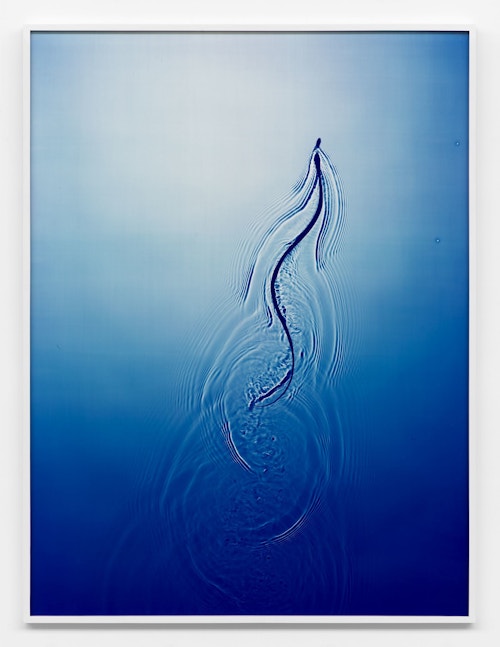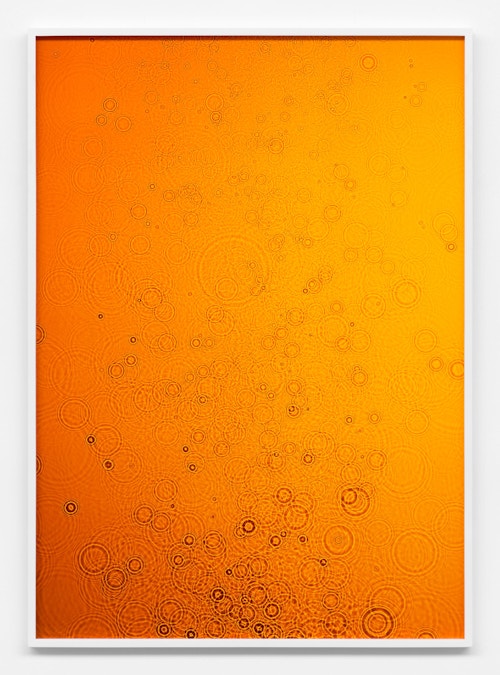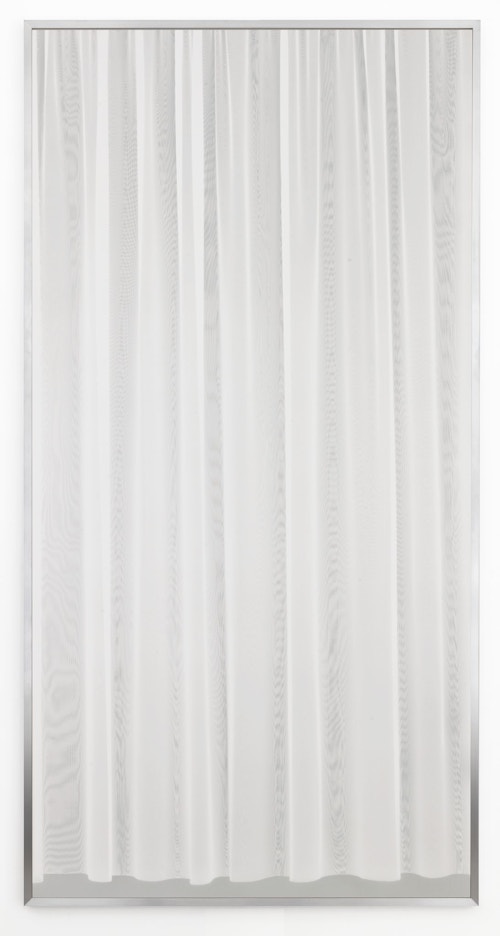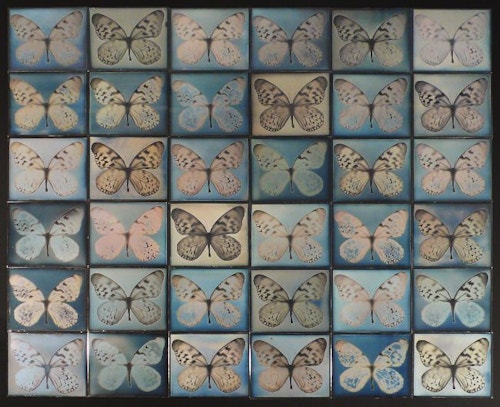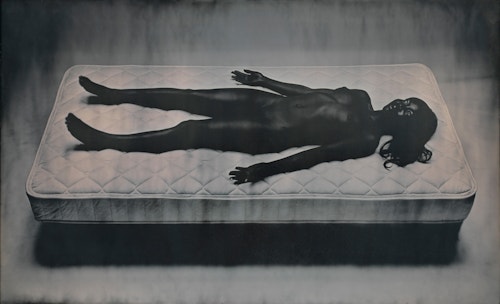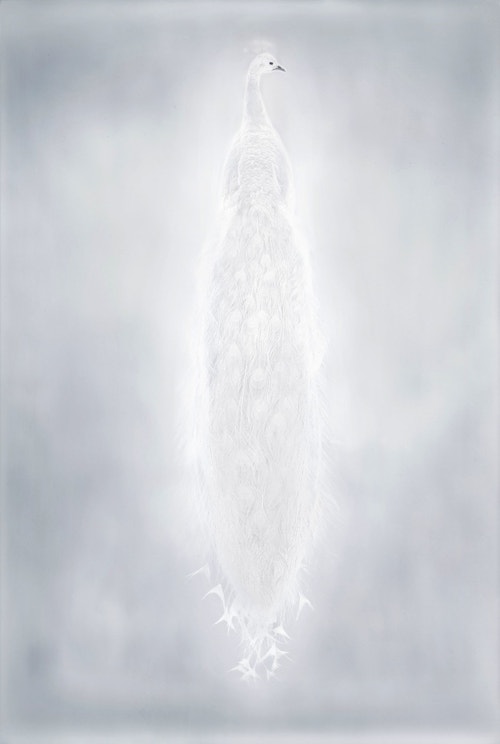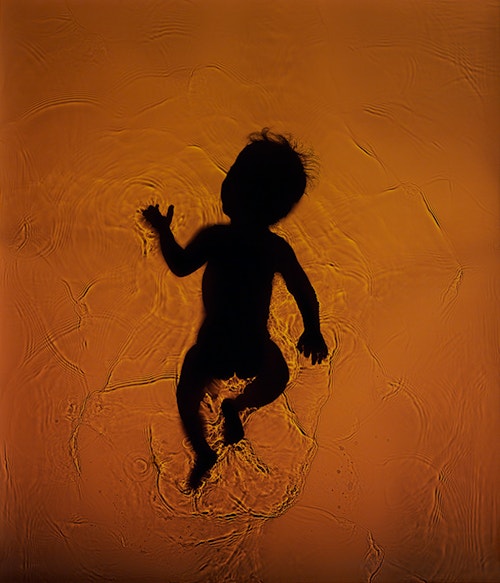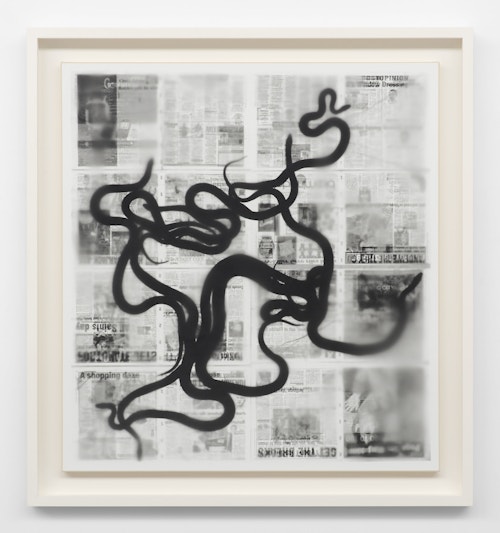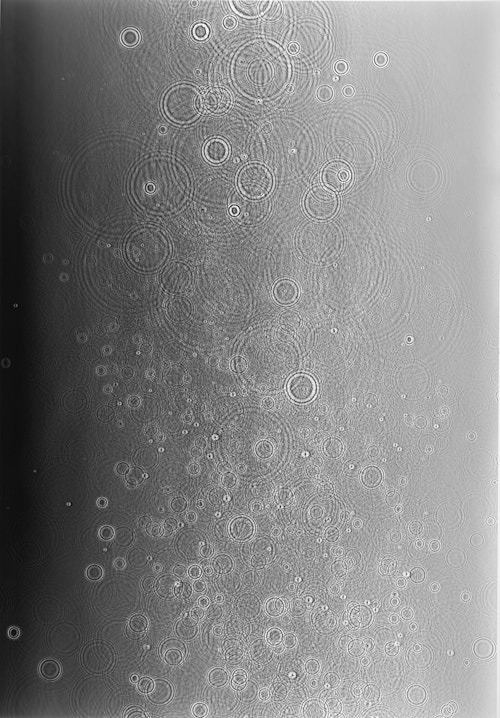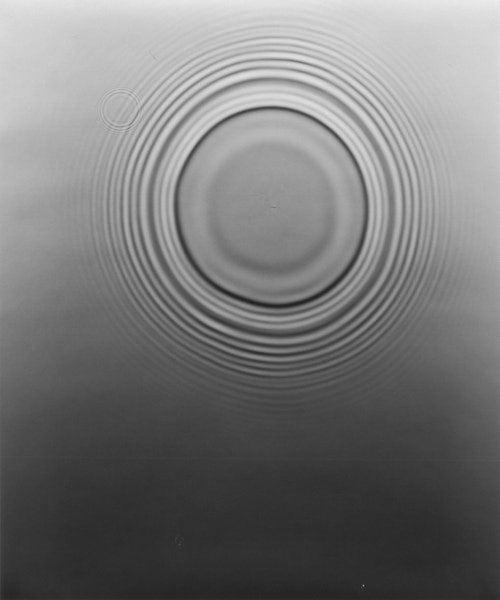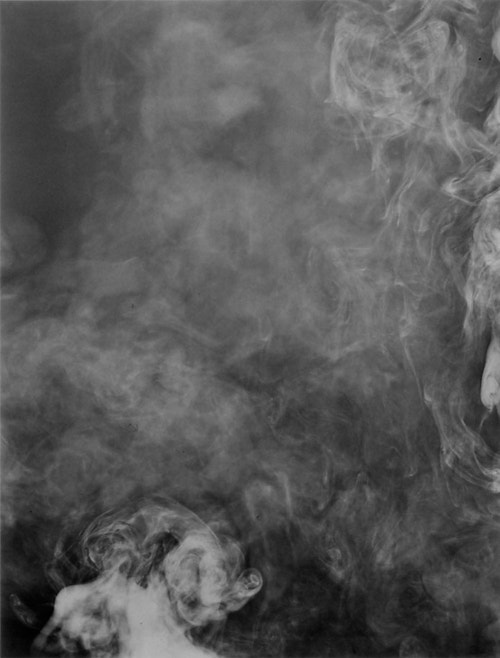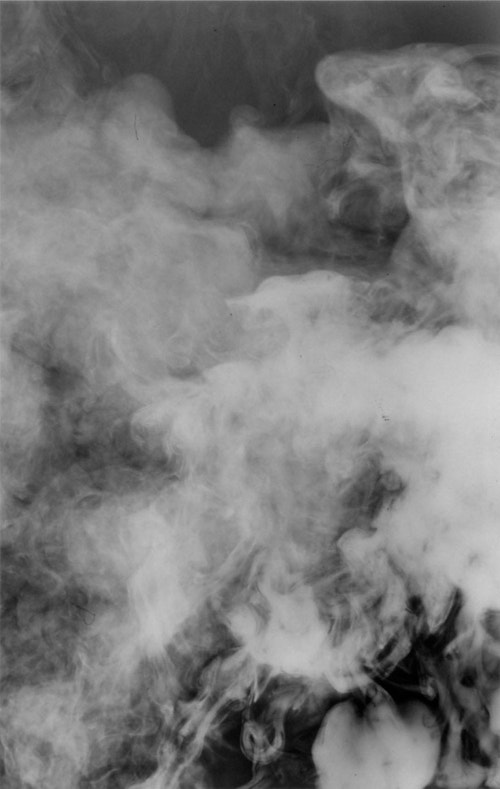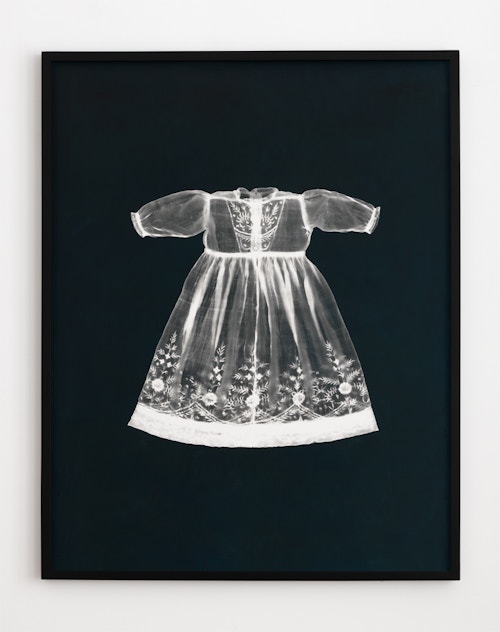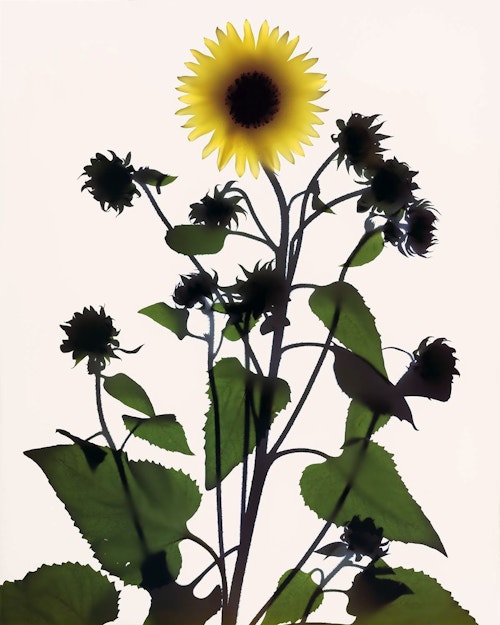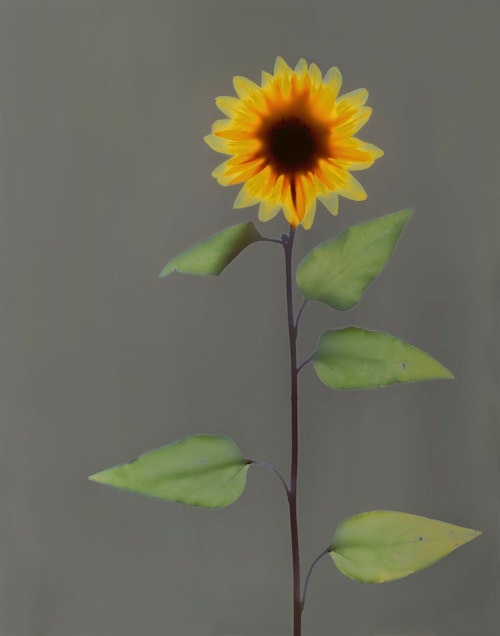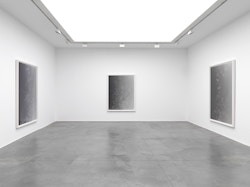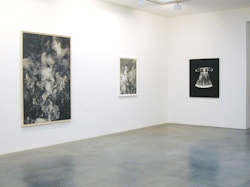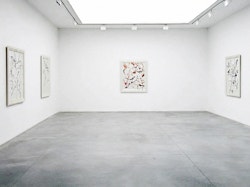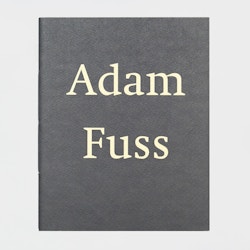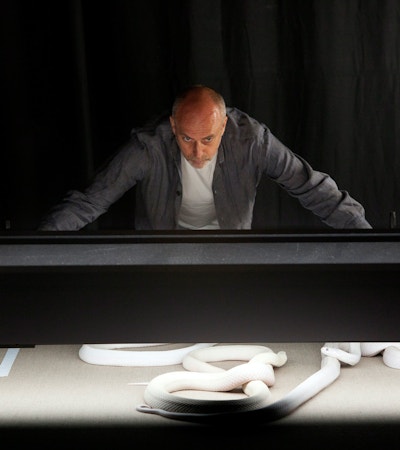
Adam Fuss
Adam Fuss uses early photographic techniques, such as photograms and daguerreotypes, to create evocative and enigmatic images that explore the mystery, complexity and transience of life. Originally trained as an advertising photographer, Fuss’ decision to eradicate modern technology from the photographic process was a reaction to the mass-production of generic images. Early experiments with pinhole cameras led the artist to explore the potential of other camera-less photographic techniques such as the photogram. Invented by William Henry Fox Talbot in the 1830s, and later made famous by artists such as Man Ray and Moholy-Nagy, photograms have important historical antecedents, but Fuss’ unusual choice of subject matter imbues his contemporary versions with a deep psychological intensity. Some of his most famous works include images of babies in water, christening dresses and snakes. Of his work, Fuss has said: “I was consciously trying to make photographs I hadn’t seen before. I’d probably seen billions of photographs and they were all produced by the same mechanism… Photograms let you see what has never been in a camera. Life itself is the image.”
Adam Fuss (b. 1961, London) lives and works in New York. Museum exhibitions include Adam Fuss Daguerreotypes/The Womb of Pre-Raphaelite Imagination, Hans P. Kraus, Jr. Fine Photographs, New York (2016); Adam Fuss, Fundacion Mapfre, Madrid (2011) and Adam Fuss, Retrospective 1986 - 2010, Huis Marseille, Museum for Photography, Amsterdam (2011).
